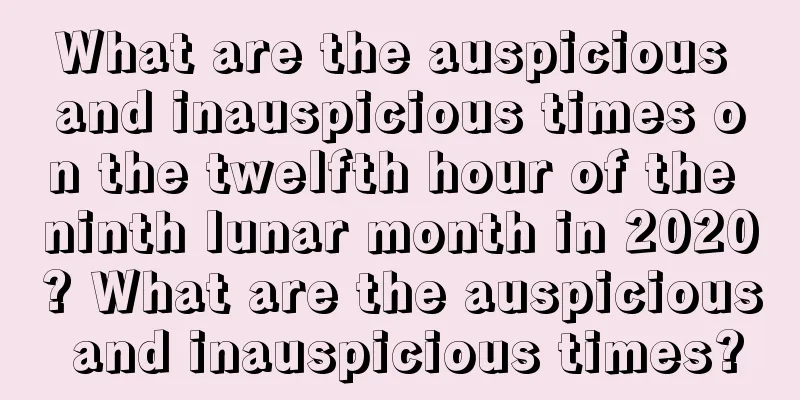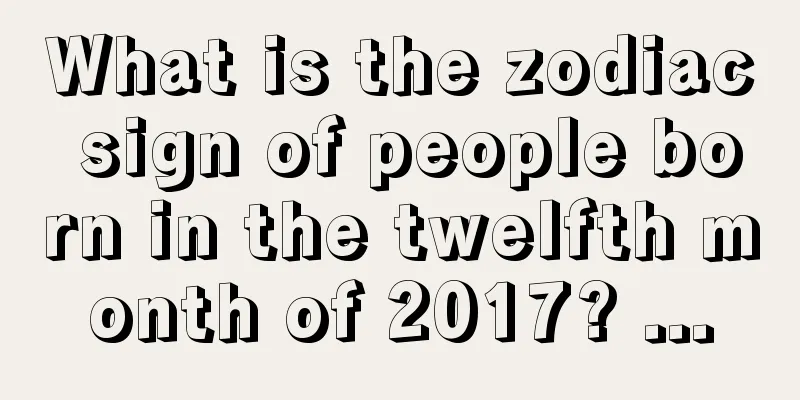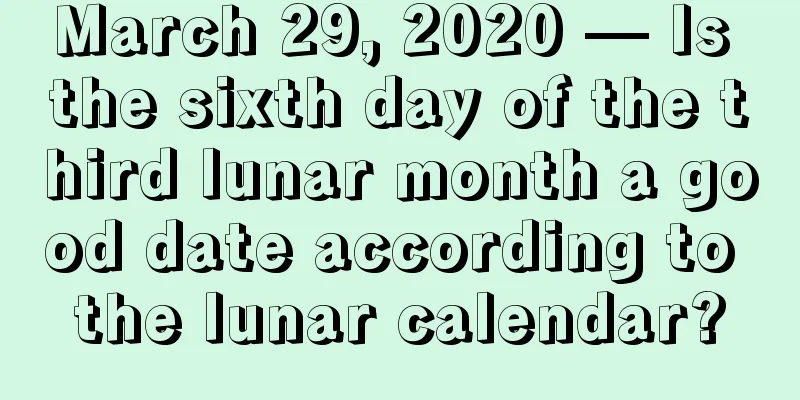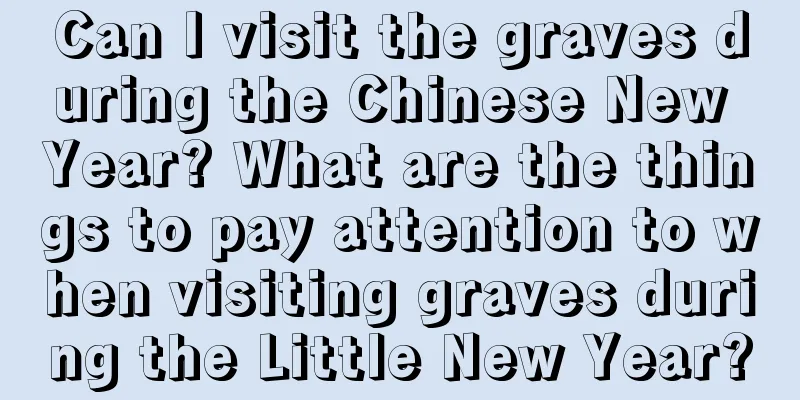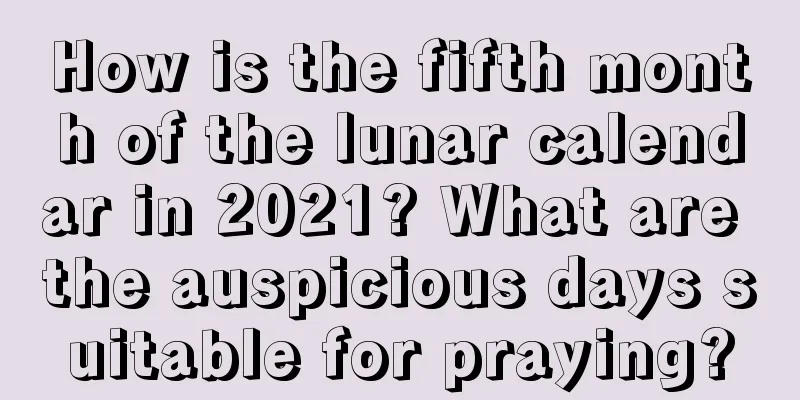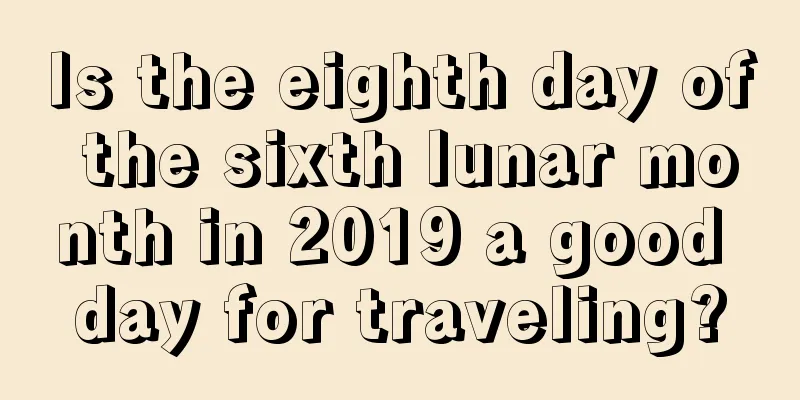What is the Mid-Autumn Festival and what are the customs of the Mid-Autumn Festival
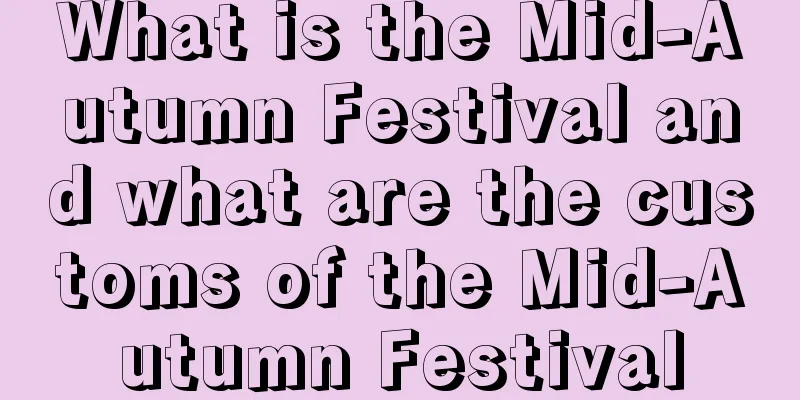
The moon is especially bright during the Mid-Autumn Festival. The Mid-Autumn Festival is a long-standing festival in my country. So, what exactly is this Mid-Autumn Festival? What other names does it have? Let’s follow the editor to learn more about it. According to the Chinese lunar calendar, August is the second month of autumn, which was called Mid-Autumn in ancient times. Do you want to know more about August of the lunar calendar in 2018? Go check out Mr. Ink.What is Mid-Autumn Festival?The Mid-Autumn Festival, which also has a series of names such as Moon Festival, Autumn Festival, Mid-Autumn Festival, August Festival, August Meeting, Moon-Chasing Festival, Moon-Playing Festival, Moon-Worshiping Festival, Daughters' Festival or Reunion Festival, is a long-standing Han culture. The Mid-Autumn Festival falls on the 15th day of the eighth lunar month every year. Because this day falls in the middle of the three autumns, it is called "Mid-Autumn Festival". The Mid-Autumn Festival began in the Tang Dynasty, became popular in the Song Dynasty, and by the Ming and Qing Dynasties, it had developed into a traditional Chinese festival that can be named after the Spring Festival. Among them, not only China celebrates the Mid-Autumn Festival, but some East Asian and Southeast Asian countries that are greatly influenced by Chinese culture also celebrate the Mid-Autumn Festival, especially the overseas Chinese in these countries, who use this to miss the culture of their motherland. In 2006, on May 20, the Mid-Autumn Festival was included in the first batch of national intangible cultural heritage list. In 2008, the state designated the Mid-Autumn Festival as a national statutory holiday.What are the customs of Mid-Autumn Festival?1. Moon appreciating China has a long history of custom of moon appreciating. The "Book of Rites" records "Autumn Evening Moon", which means worshiping the moon god. In the Zhou Dynasty, the Mid-Autumn Festival was celebrated every year with the welcoming of the cold and the worship of the moon. A large incense table is set up, and moon cakes, watermelons, apples, plums, grapes and other seasonal fruits are placed on it. Moon cakes and watermelons are absolutely indispensable. 2. There is a saying about eating mooncakes : "The moon is full on the 15th day of the eighth month, and the Mid-Autumn mooncakes are fragrant and sweet." Mooncakes were originally used as offerings to the moon god. The word "mooncake" was first seen in "Dreams of the Southern Song Dynasty" by Wu Zimu in the Southern Song Dynasty. At that time, it was just a cake-shaped food like the diamond-shaped cake. Later, people gradually combined the Mid-Autumn Festival moon-watching with mooncake tasting, which symbolizes family reunion. 3. The moon worship is held under the moon. The moon statue is placed in the direction of the moon, red candles are lit, and all family members worship the moon in turn. Then the reunion moon cakes are cut by the housewife. The person who cuts the cake should calculate in advance the total number of people in the family, including those at home and those away. The cake should not be cut too much or too little, and all should be of the same size. 4. Light lanterns. On the night of Mid-Autumn Festival, light candles in lanterns and tie them with ropes to bamboo poles, which are hung high on the eaves or terraces. Or use small lanterns to form words or various shapes and hang them high up in the house, commonly known as "Tree Mid-Autumn Festival" or "Vertical Mid-Autumn Festival". 5. Watching the tide In Zhejiang, besides appreciating the moon during the Mid-Autumn Festival, watching the tide is another major event during the Mid-Autumn Festival. The custom of watching the tide during the Mid-Autumn Festival has a long history. As early as the Han Dynasty, there was a very detailed description of it in Mei Cheng's "Seven Hairs". After the Han Dynasty, the custom of watching the tide during the Mid-Autumn Festival became more popular. There are also records of watching the tide in Zhu Tinghuan's "Supplement to Wulin Old Stories" in the Ming Dynasty and Wu Zimu's "Dreams of the Southern Song Dynasty" in the Song Dynasty. 6. Walking under the bright moonlight , people are dressed in gorgeous clothes, walking in groups of three or five, some strolling in the streets, some taking a boat on the Qinhuai River, some climbing up the tower to admire the moonlight, chatting and laughing. In the old days, Nanjing people had a special prayer activity for the "month-long walk": any married woman who had not given birth to a son had to visit the Confucius Temple and then cross a bridge. According to legend, this would allow her to "dream of a bear" (meaning giving birth to a boy). 7. Playing with lanterns: Playing with lanterns during the Mid-Autumn Festival is mostly concentrated in the south. For example, at the aforementioned Foshan Autumn Color Fair, there are all kinds of colorful lanterns: sesame lanterns, eggshell lanterns, wood shavings lanterns, straw lanterns, fish scale lanterns, husk lanterns, melon seed lanterns, as well as bird, animal, flower and tree lanterns, which are amazing. |
<<: How is the Mid-Autumn Festival in 2018? What are the customs of Mid-Autumn Festival?
>>: How to write Mid-Autumn Festival greeting messages on WeChat?
Recommend
When does the Beginning of Spring begin in 2022? How is the beginning of spring calculated?
The Beginning of Spring signals the beginning of s...
Is June 8, 2019 a suitable day to pick up a new car?
June is approaching autumn, and fruits gradually ...
Is it okay to get married one day after the Ghost Festival on July 16, 2020? Can't get married in July?
Introduction: Generally, you need to choose an aus...
Is it suitable to get a haircut on the tenth day of the tenth lunar month in 2018? How's your fortune today?
A long time ago, there was no word for "hairc...
What is the auspiciousness or inauspiciousness of the 20th day of the fifth lunar month in 2019? Is it a good time to start renovations?
Decorating a new house is a happy event, and the F...
What are the auspicious days for setting up the bed in December of the lunar calendar in 2019? Why is December called the twelfth month?
Introduction: You need to choose an auspicious day...
What is the fate of children born on National Day 2020? Is it bad for a child to be born at the age of eleven?
The fate of a child is related to the time of the ...
Is the Qingming Festival in 2018 suitable for breaking ground on renovations? Is it an auspicious day for breaking ground on renovations?
Qingming Festival is a particularly solemn and for...
What zodiac sign does July 14 of the lunar calendar in 2018 belong to? What is the personality of Virgo?
Introduction: New life is born every day, and chil...
Is a baby born on July 13th of the lunar calendar in 2021 a Leo?
The issue of children’s zodiac signs has always be...
2020 leap April 4th (Lunar Calendar) - Check the location of the God of Happiness
The direction of the God of Joy can be applied to...
Is the 14th day of the fifth lunar month in 2019 an auspicious day? What can't I do today?
Introduction: There are 365 days in a year, and ea...
Is the beginning of summer on March 20th of the lunar calendar in 2018 a good date and suitable for sacrifices?
Introduction: Sacrifice is a traditional custom in...
Is it a bad idea to get married today, June 5, 2020, during the Grain in Ear Festival? Which solar terms are not suitable for marriage?
Introduction: It is necessary to choose an auspici...
Is the second day of March in the Year of the Rat 2020 an auspicious day? What is an auspicious day?
Is the second day of March in the Year of the Rat ...
